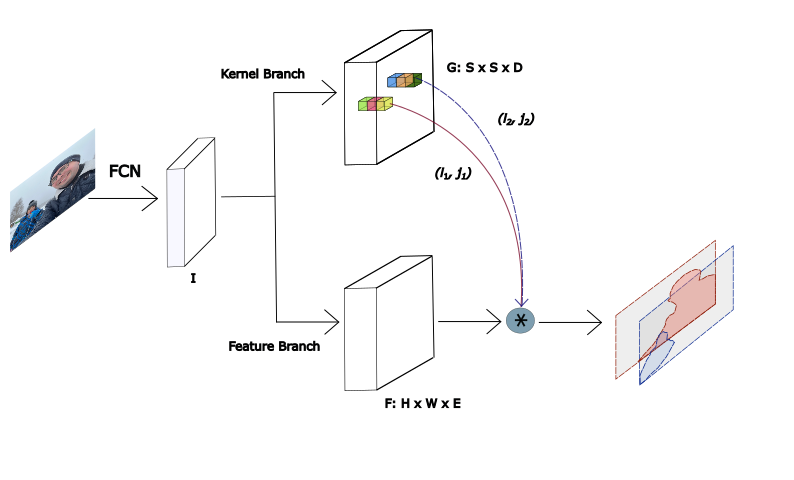Polarity is a captivating concept that resonates across multiple domains, acting as a key to understanding how disparate elements interact and influence one another. From the fundamental forces of nature to the dynamics of international relations, polarity can dictate behaviors and outcomes. In the realms of science, technology, and even social contexts, exploring polarity can unveil profound insights into both the material world and human interactions.
What is polarity?
Polarity is a characteristic of entities that exhibit opposing qualities, particularly in relation to electrical charge, orientation, or social dynamics. This concept is essential in various fields, including physics, chemistry, and social sciences, as it impacts how different particles, molecules, or nations engage with one another.
Understanding electric potential
Electric potential is key to understanding polarity in electrical contexts. It defines the position-related energy of charged particles and explains how objects become positively or negatively charged through electron distribution.
The flow of electric current
The movement of electrons constitutes electric current, which flows from a negative to a positive terminal. This flow is essential for electrical engineering, influencing how circuits operate and devices function.
Polarity in electromagnetic fields
Polarity significantly affects the generation of magnetic fields, driven by the movement of electric charges. When charges move, they produce magnetic fields, which are fundamental to various technological applications.
Direct current (DC) and its applications
Direct current creates a consistent polarity, which is vital for applications like electromagnets. For instance, simple electromagnets can be created using batteries and coils, demonstrating practical applications of polarity in everyday technology.
Polarity in digital communications
In the digital landscape, polarity plays a role in how signals are represented and transmitted. Understanding the types of signals—unipolar or bipolar—can clarify how digital information is conveyed.
Voltage levels and signal representation
Digital signals utilize different voltage levels to represent binary data, with each state reflecting polarity. This technique is essential for the functionality of modern computing and communication systems, where accurate signal representation is critical.
Polarity in biological systems
In biology, polarity refers to the asymmetrical organization of cells and structures that influence their function. This characteristic is vital for many biological processes, particularly in multicellular organisms.
Cell polarity and neuronal structure
Cell polarity is crucial for neuron function, enabling them to transmit electrical impulses across distances. Neurons exhibit distinct polarity through their axons and dendrites, illustrating the biological relevance of this concept.
Molecular polarity in chemistry
Polarity is a fundamental aspect of chemical interactions and bonding, determining how molecules behave in mixtures. It impacts solubility, reactivity, and properties of substances.
Polar vs. nonpolar molecules
Polar molecules feature uneven distributions of charge, which influence their interactions with other molecules. For instance, oil and water do not mix due to their differing polarities, showcasing real-world examples of this principle.
Polarity in international relations
The concept of polarity extends to the sphere of global politics, where it influences power dynamics among nations. Understanding polarity through various lenses can provide insights into international affairs.
Sentiment analysis and public opinion
In analyzing public sentiment, polarity plays a crucial role in assessing opinions and attitudes in social media discourse. This application helps gauge public reactions to events and policies, shedding light on collective sentiment trends.
Important terminology
Key terms associated with polarity enhance comprehension across different contexts. Concepts such as dipole moment and electronegativity are integral to understanding molecular interactions and the behaviors of charged particles in various fields.
Exploring polarity across diverse disciplines enriches our understanding of how fundamental principles shape interactions, whether in the natural world, technological advancements, or social dynamics.

